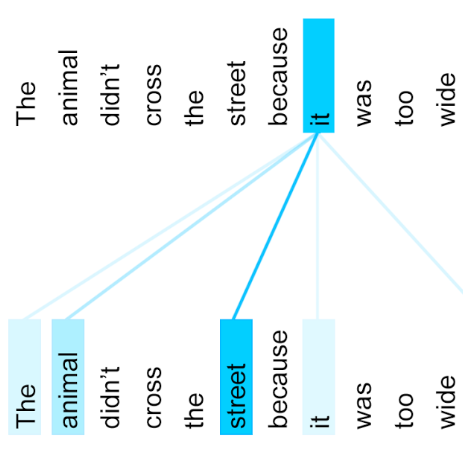Knee osteoarthritis (OA) is one of the most common musculoskeletal disorders and requires early-stage diagnosis. Nowadays, the deep convolutional neural networks have achieved greatly in the computer-aided diagnosis field. However, the construction of the deep learning models usually requires great amounts of annotated data, which is generally high-cost. In this paper, we propose a novel approach for knee cartilage defects assessment, including severity classification and lesion localization. This can be treated as a subtask of knee OA diagnosis. Particularly, we design a self-ensembling framework, which is composed of a student network and a teacher network with the same structure. The student network learns from both labeled data and unlabeled data and the teacher network averages the student model weights through the training course. A novel attention loss function is developed to obtain accurate attention masks. With dual-consistency checking of the attention in the lesion classification and localization, the two networks can gradually optimize the attention distribution and improve the performance of each other, whereas the training relies on partially labeled data only and follows the semi-supervised manner. Experiments show that the proposed method can significantly improve the self-ensembling performance in both knee cartilage defects classification and localization, and also greatly reduce the needs of annotated data.
翻译:Knee 骨髓炎(OA)是最常见的肌肉骨骼疾病之一,需要早期诊断。如今,深革命神经网络在计算机辅助诊断领域取得了巨大成就。然而,深学习模型的建设通常需要大量附加说明的数据,通常成本很高。在本文中,我们提出了膝盖软骨缺陷评估的新颖方法,包括严重程度分类和地方化。这可以被视为膝盖骨骼诊断的子任务。特别是,我们设计了一个由学生网络和教师网络组成的自我集合框架,这个框架由同一结构的学生网络和教师网络组成。学生网络从标签数据和非标签数据中学习,教师网络通过培训课程平均学习学生模型重量。我们开发了一种新的关注损失功能,以获得准确的注意面罩。通过对损伤分类和本地化的注意进行双重一致的检查,两个网络可以逐渐优化对他人的注意力分布并改进彼此的性能。而培训则依靠部分标签的数据,而仅依靠部分标签的数据和具有同一结构的教师网络。学生网络从标签数据和未贴标签的数据中学习,教师网络通过培训课程平均学习学生模型重量。开发一种新的注意力损失功能以获得准确的面的面罩面。通过对损害分类进行检查。两个网络可以大大地分析方法,从而显示对车面的自我分析方法进行自我调整。



